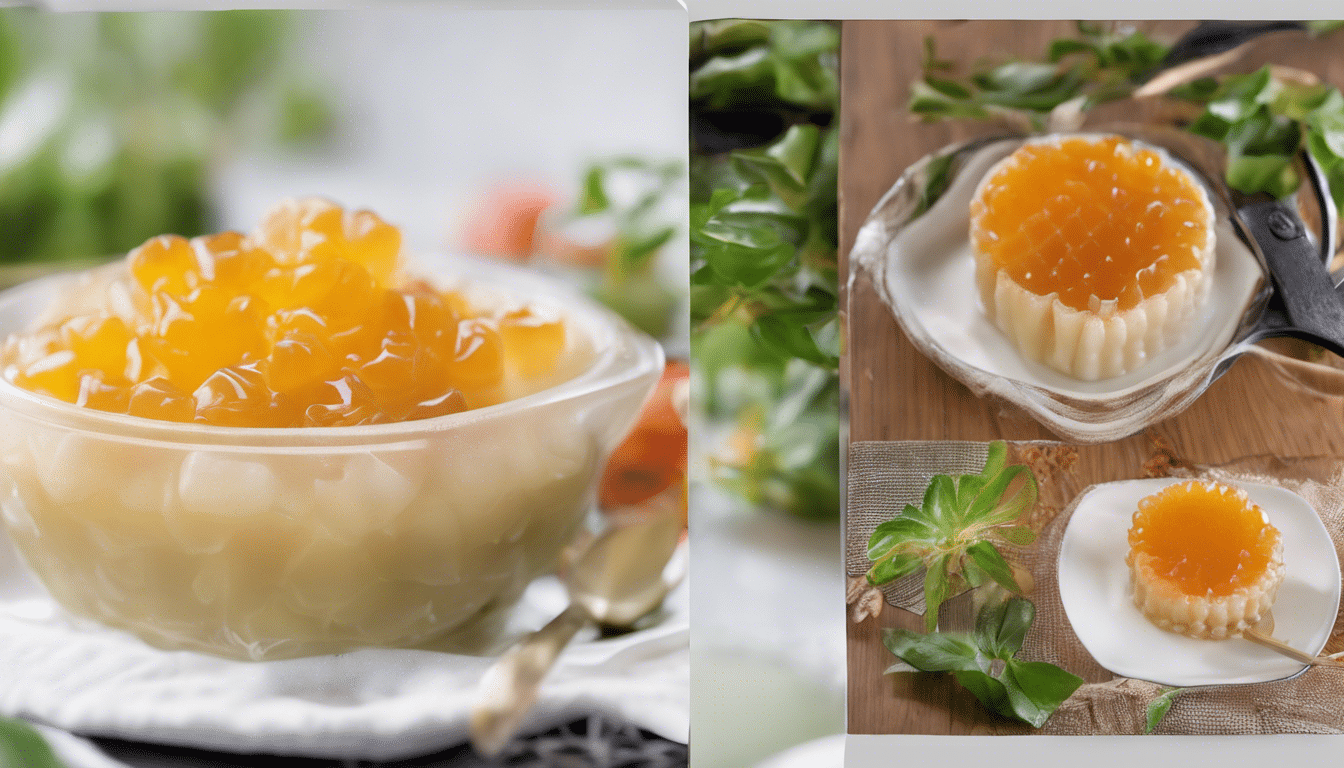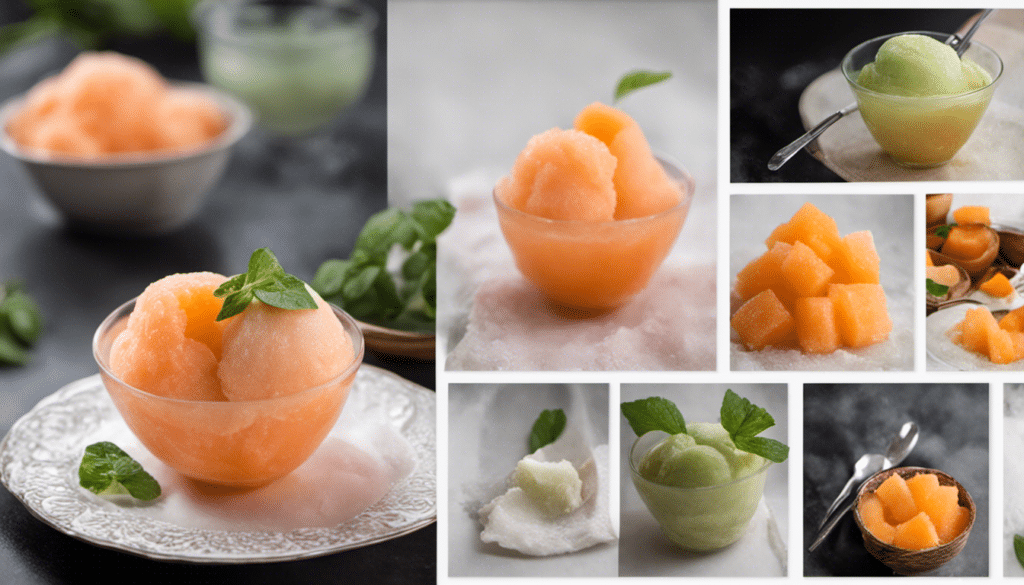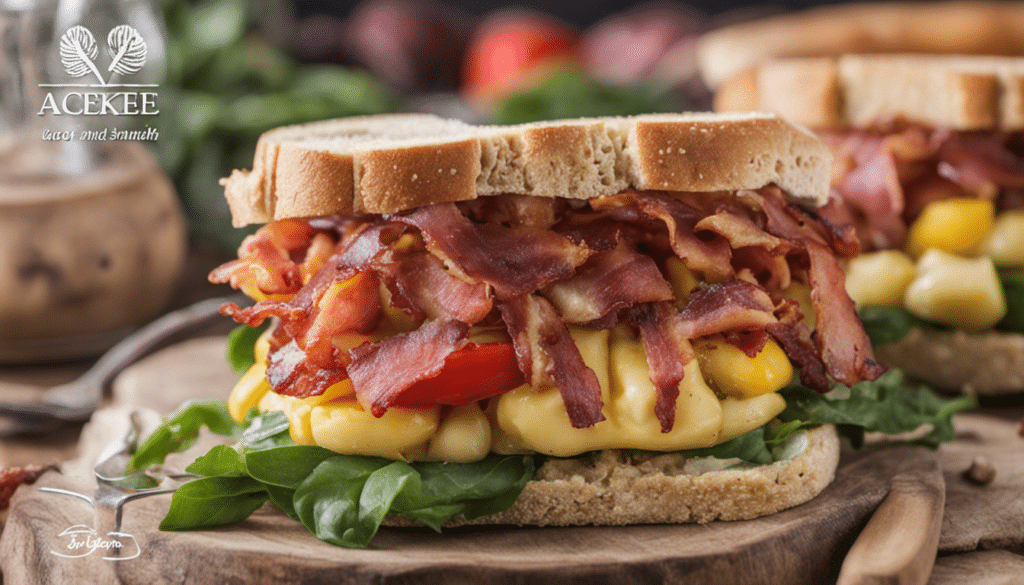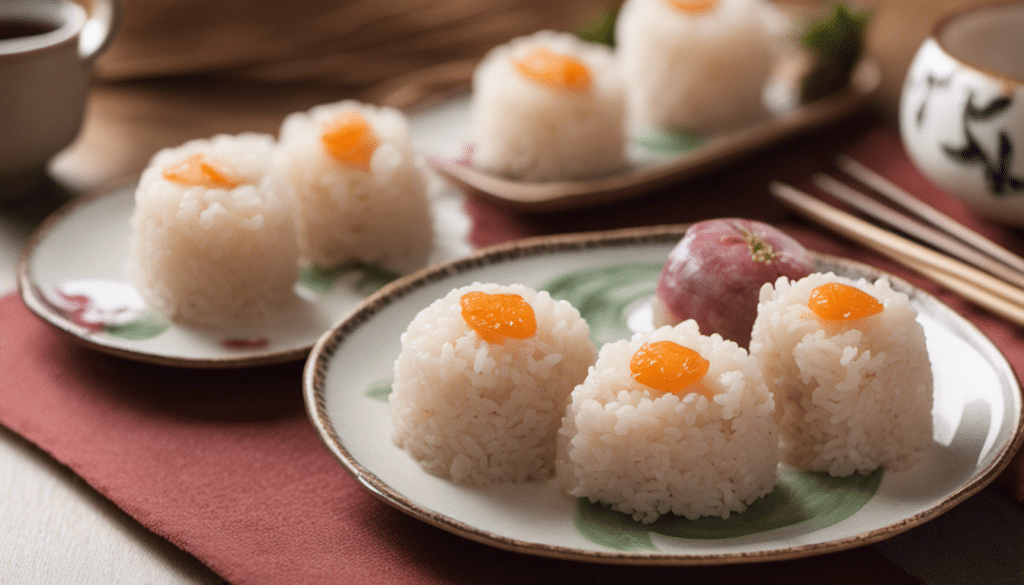| Prep: 15 mins | Cook: 40 mins | Difficulty: Easy | Serves: 6 |
| kcal | fat | saturates | carbs |
| 97 | 0.2g | 0g | 24g |
| sugars | fibre | protein | salt |
| 22g | 3g | 0.4g | 0g |
“`html
When I first stumbled upon the recipe for Grewia Asiatias Jelly, I was immediately intrigued. This unique jelly, using the delightful and slightly tart phalsa berries, has quickly become a favorite in my household. There’s something incredibly comforting and satisfying about making your own jelly from scratch, much like the corn casseroles and beef stews I grew up with in the heartland of Nebraska.
A Fusion of Flavors
One of the things I love about this Grewia Asiatias Jelly is its versatility. The flavor of Grewia asiatica berries, also known as phalsa, is a wonderful mix of sweetness and tartness that reminds me of both cranberries and blueberries. This jelly can be used in so many ways – spread over toast for a quick breakfast, paired with cheese and crackers for an elegant appetizer, or even as a glaze for meats, adding a delightful tanginess reminiscent of cranberry sauce or apricot glaze.
Health Benefits of Phalsa Berries
Another reason I enjoy this recipe is the health benefits it brings to the table. Phalsa berries are packed with antioxidants, vitamins A and C, and minerals like potassium and magnesium. Incorporating these berries into your diet can boost your immune system and promote overall health. When you combine these with the natural pectin and fresh lemon juice in the recipe, you’re making a jelly that is not only delicious but also nourishing.
Moreover, making this jelly at home allows you to control the amount of sugar, creating a treat that’s free from the preservatives and high fructose corn syrup found in many store-bought varieties. For more about the benefits of homemade jellies and how to incorporate them into your diet, check out this article on Healthline.
If you’re a fan of fruit preserves, you might also enjoy recipes like raspberry jam or plum jelly, which share a similar preparation process and can be used in comparable ways. This Grewia Asiatias Jelly, however, stands out for its unique berry base, offering a new and exciting flavor profile.
In the tradition of heartland cooking that values simplicity, quality ingredients, and homemade goodness, this Grewia Asiatias Jelly is a perfect addition to any family’s kitchen. Whether you’re preparing for a Sunday church potluck or just a cozy family dinner, it’s a delightful recipe that brings a touch of exotic flavor to classic Midwestern hospitality.
“`
What You’ll Need
- 4 cups Grewia asiatica (Phalsa) berries
- 1 cup granulated sugar
- 1/4 cup fresh lemon juice
- 1 packet fruit pectin (1.75 ounces)
- 2 cups water
“`
Method
“`html
Step One
Rinse the Grewia asiatica (Phalsa) berries under cold water and remove any stems or debris.
Step Two
In a large saucepan, combine the berries and 2 cups of water. Bring to a boil, then reduce heat and let it simmer for about 10-15 minutes, or until the berries are soft and have released their juices.
Step Three
Using a fine-mesh strainer or cheesecloth, strain the berry mixture into a bowl, pressing the berries to extract as much juice as possible. Discard the solids.
Step Four
Measure the berry juice, making sure you have 3 cups. If necessary, add a little water to reach 3 cups.
Step Five
Pour the berry juice back into the saucepan. Stir in the granulated sugar and fresh lemon juice. Place the saucepan over medium heat and stir until the sugar is completely dissolved.
Step Six
Gradually sprinkle the fruit pectin into the mixture, stirring constantly to avoid clumping.
Step Seven
Bring the mixture to a boil over high heat, stirring frequently. Once it reaches a rolling boil, continue boiling for 1-2 minutes, then remove from heat.
Step Eight
Immediately pour the hot jelly into sterilized jars, leaving about 1/4 inch of headspace at the top. Wipe the rims, seal with lids, and let the jars cool to room temperature.
Step Nine
Once cooled, refrigerate the Grewia Asiatica Jelly for at least 6 hours or until it is set. Store the jelly in the refrigerator for up to 3 weeks or process in a water bath canner for longer shelf life.
“`




